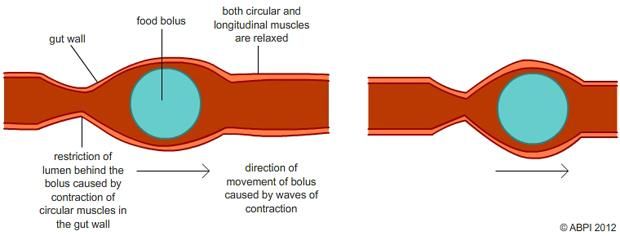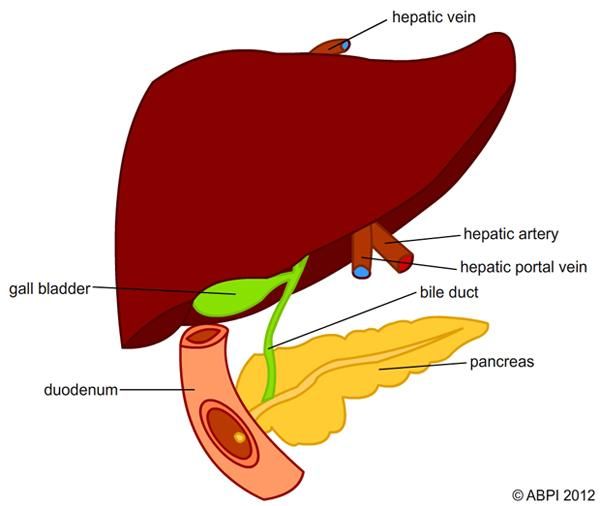This topic takes on average 55 minutes to read.
There are a number of interactive features in this resource:
 Human biology
Human biology
 Biology
Biology
 Physical education
Physical education
 PSHE / Citizenship studies
PSHE / Citizenship studies
Part of the digestive process which breaks down the food you eat into the small, soluble molecules you need is physical. This involves breaking the food down into smaller pieces which are easier to move along your digestive tract. The physical breakdown of the food also increases the available surface area for the action of the digestive enzymes. Your digestive system has three main adaptations for the physical digestion of the food you eat:
Your teeth carry out two main functions.
Food is moved along your digestive system by peristalsis. This is the contracting and relaxing of the muscles of the gut. It doesn't matter which way up you are, food will still be moved from your mouth to your stomach and onwards by the squeezing of these muscles.
Peristalsis is also involved in the mixing of the food with the digestive juices and in breaking it down from lumps into a thick paste which is then squeezed through the body. This increases the surface area of food available to the digestive enzymes.

Peristalsis moves food through the gut and also physically breaks it down.
Whichever way up you are, peristalsis will move the food you swallow towards your stomach.
Bile is a green liquid made in the liver. It is made from the waste products from the breakdown of haemoglobin from the red blood cells. Bile is collected and stored in the gall bladder. It is released through the bile duct into the duodenum when it is needed. This is when food is squirted in to the duodenum from the stomach.

Bile is made in the liver, stored in the gallbladder and released through the bile duct when it is needed
Bile affects lipids in the semi-digested food. Lipids (fats and oils) form big globules. Bile emulsifies these globules. It breaks them down physically into much smaller droplets. This in turn provides a much larger surface area for the action of lipase, the enzyme which digests lipids.